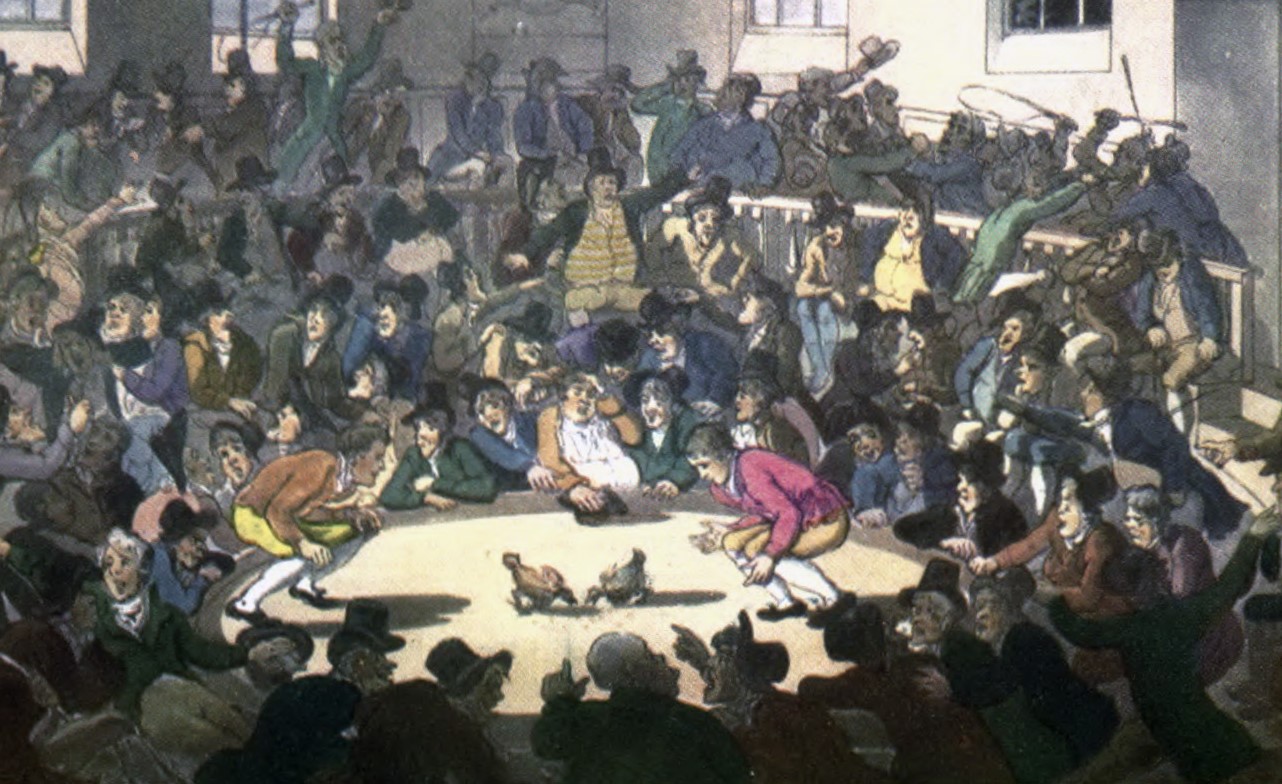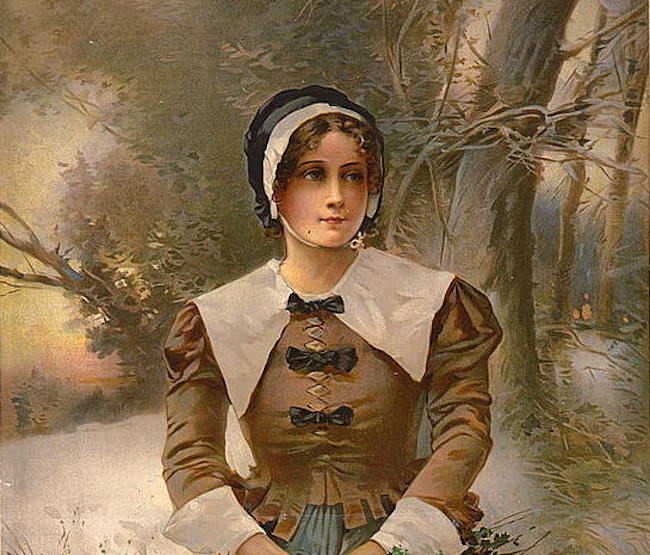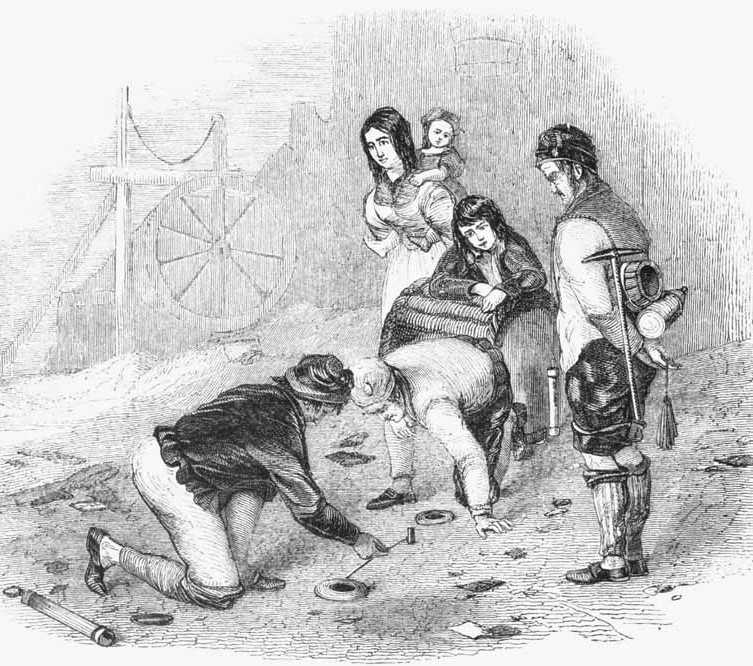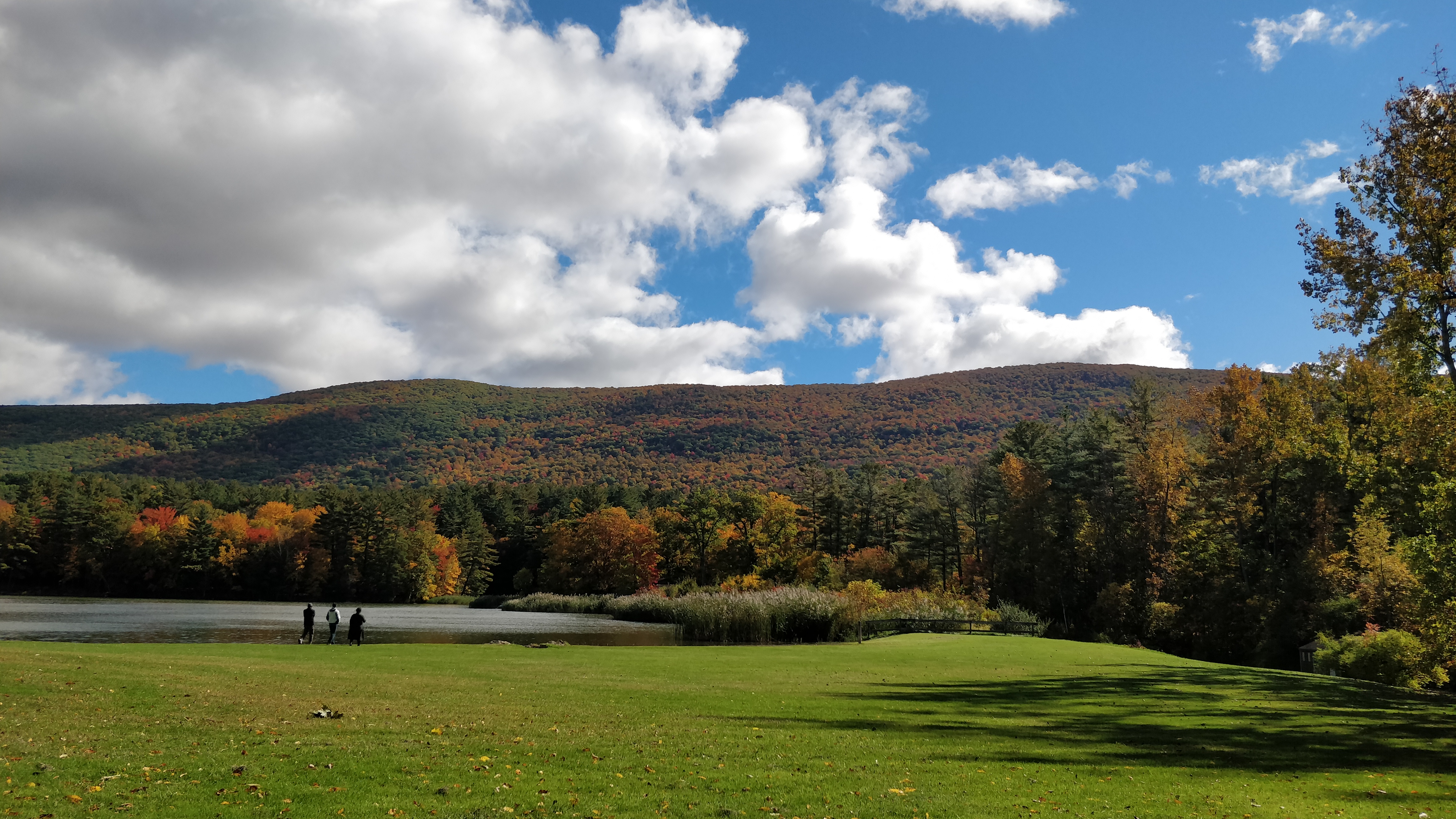The Beginnings of Racing in Berkshire County
Part II
Part II

(Source: Public Domain)
By the mid-1600s, Europeans were arriving in North America by boatload. These people weren’t flocking to the Americas to organize sporting events, though. They were too busy killing everyone, clearing the land, establishing settlements, and trying to stay alive. The important thing is that they brought with them the knowledge of sport - including riveting pastimes such as greased pig chasing and cockfighting.
The Beginning: Colonial Edition
Nobody was rushing to the Berkshires at this time. It was basically (and literally) the wild west. The European settlers used water as their primary means of exploration and conquest. It wasn’t easy (or possible) to get to the Berkshires by river, and thus…they didn’t. The French had their the aptly named settlement of “New France” along the St. Lawrence River to the north and west of the Berkshires. England set to work building “New England” to the east along the ocean, Connecticut River, and to the south at Long Island Sound. The Dutch had “New Netherland” along the Hudson River to the west.
Sure, the occasional prospective settlers and troops would plod through the Berkshires by footpath, but it was dangerous. Trading posts would pop up and vanish, and the land was progressively surveyed over the decades. But for the most part, Berkshire County was just a hilly wilderness caught in a colonial game of monkey-in-the-middle. It was the land that one had to traverse to battle one’s foes, trade with one’s allies, or simply push further west into the valley and more forgiving terrain beyond the Appalachian range.
By 1700, those relentless Europeans were running out of wood to build their houses and war machines with, and the English eventually pushed the Mohicans (as well as most of the bears, wolves, cougars, and trees) out of the Berkshires. This made it possible to begin real settlement, and Sheffield was the first town formally chartered in June of 1733. More hamlets popped up in southern Berkshire, and most of the Housatonic River Valley area was settled by 1750. The more mountainous areas to the north were the last to be settled (rounded out by Florida in 1783). If you’ve ever hiked through the Hoosac or Greylock area, you won’t blame them.
Even with the settlement of the area, we don’t have any record of organized sporting events in the 1700s in Berkshire County. There were of course other factors at play, limiting participation in sports. First was that the settlers had to work 14 or 16 hours per day to stay alive, especially farmers, who made up most of the early Berkshire settlers. Second was the Puritan values that were still driving social and moral norms at the time, and most “down time” was devoted to religious activities.

(Source: Library of Congress)
(Editor’s Note) It is interesting that, ironically, Sunday and holiday religious activities eventually became more relaxed, and would include games and competitive sports. This ultimately led to the association we have between Sunday and sports today – the opposite of what our Puritan forerunners would have condoned.
So back to the point – did these early settlers hold organized races in the Berkshires? Well, yes, of course. Just like the Native Americans before them, in times of good and bad, plenty and famine, humans will compete for entertainment. It’s just what we do. But without the support of the church, and without the support of a good number of industrious farming families, organized sports weren’t widely advertised or reported, aside from tame social gatherings or military-related activities. In fact, when the local militia held muster in town, it was the biggest spectator event of its day.
Leisure Makes a Comeback
As the fledgling country was established and independent culture began to emerge, leisure started to make its way up the list of things Americans valued. The early settlers would have been familiar with popular European games – bowling, football, cricket, quoits, and cards to name a few. But America quickly shifted its values toward the types of sports that mirrored their everyday lives, and lost interest in those old-world activities (and for the most part, we’re still not interested). Shooting became a popular recreational sport (because it was a militia-building activity), and hunting and fishing also became popular pastimes. Dancing was the most popular recreational activity, as it was basically the central attraction for every social gathering (when allowed by the Puritans, anyway).

(Source: Public Domain)
Foot-racing was predominantly a child’s activity, though pedestrianism (aka walking) was considered a more adult-oriented pastime. Whether or not any pedestrian competitions occurred in Berkshire County in the 1700s, there are accounts of such events throughout the colonial world during this time. People would walk to see how far they could go, or to see how much ground they might cover in a given period of time.
Horses were essential to everyday life in the colonial era, and a wealthy few began importing and breeding horses for racing. This was more popular in the south than in the north. With the Berkshire terrain being what it is, it’s unlikely that any serious organized horse racing occurred in 18th century Berkshire County. But people were absolutely engaging in impromptu horse racing along the paths and early roads of the time, in the saddle, by carriage, and by sled.
The Dutch settlers to our west especially enjoyed winter sports – and many of them were passed along as the English took over New Netherland. Virtually everyone skated in the winter, and there were plenty of lakes and rivers on which to take part. What we would today call speed skating was a popular alternative to foot-racing amongst young men in winter. Sledding was popular too, and surely led to many a race down the hills of Berkshire – when it wasn’t illegal. The act of “coasting down the hill for fun” (i.e. sledding) was outlawed at various points in both New York and Massachusetts in those early days. Yikes.
These are the recreational pastimes that the settlers enjoyed in the 17th and 18th century America – and Berkshire County certainly saw its share of all of them. As we’ll discover in our next article, it wasn’t until money got involved that organized recreation – of which racing is one facet – really started showing up in popular culture.

(Source: Tim Allard)
For now, close your eyes and reflect on a time and place where competition wasn’t bounded by rules, standards, and monetization. When the distance, rules, competitors, and prizes for a race were decided by friends and family at a picnic in Pittsfield on the Fourth of July. Or out on the frozen pond in Great Barrington on a moonlit night, after an evening of dancing at the town hall. The winner would only ever be known to those who were present. And that was enough.
Sources
- Various archived papers including the North Adams Transcript, The Pittsfield Sun, the Berkshire County Eagle
- Official record of the settlement dates for Berkshire towns.
- Summary of sport in colonial America.
- Article on Puritan values in colonial America
- Detailed accounts of sport in Pennsylvania during the colonia era.
- Accounts the outlawing sledding in New England